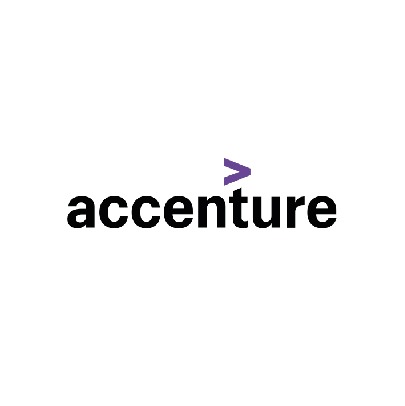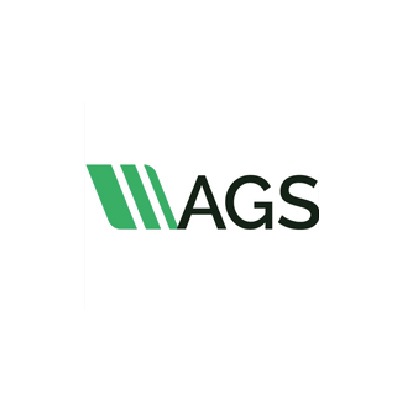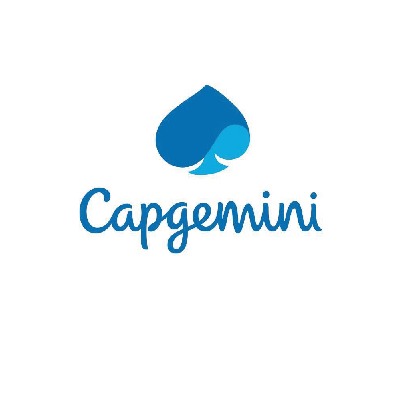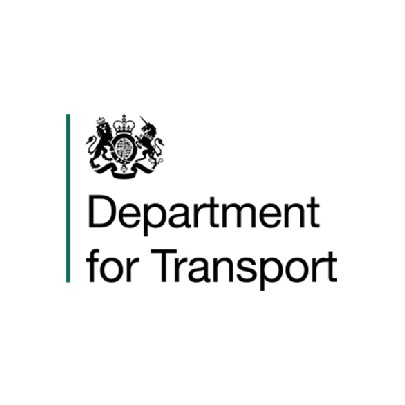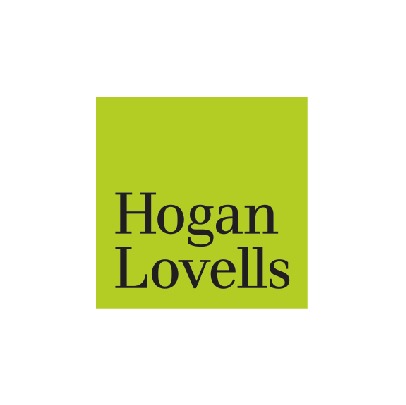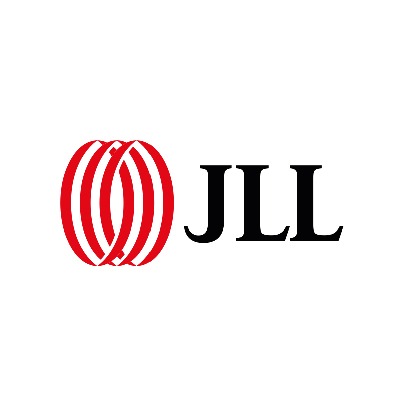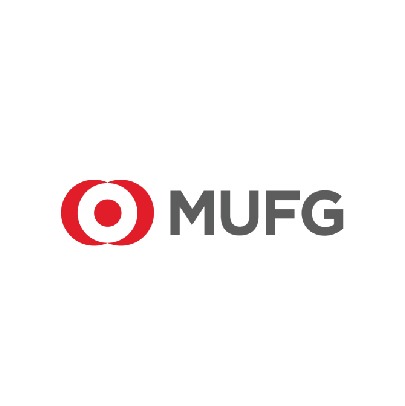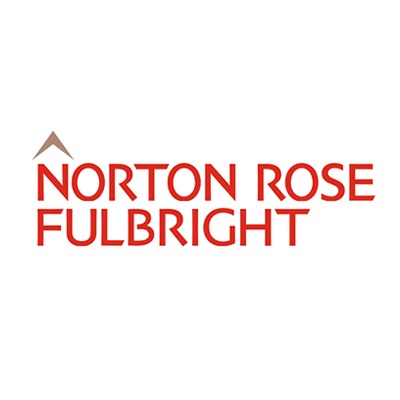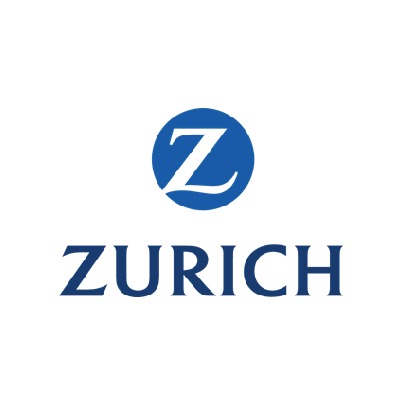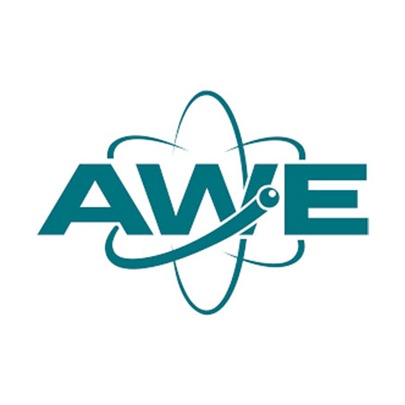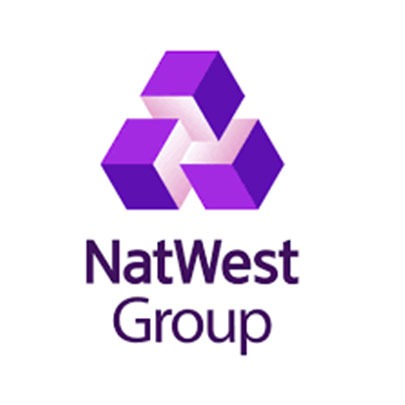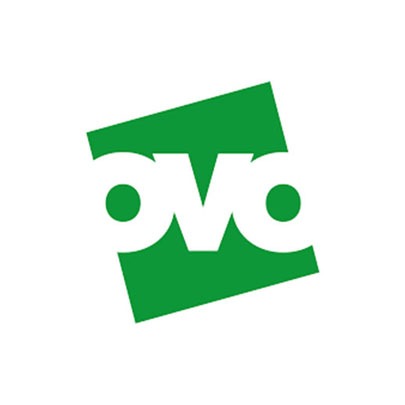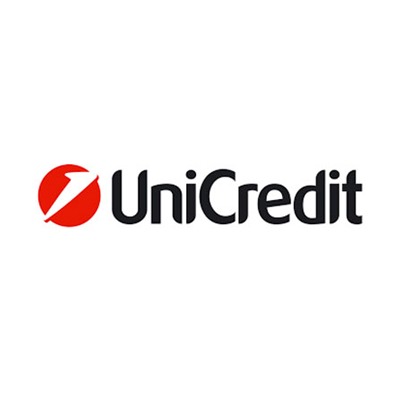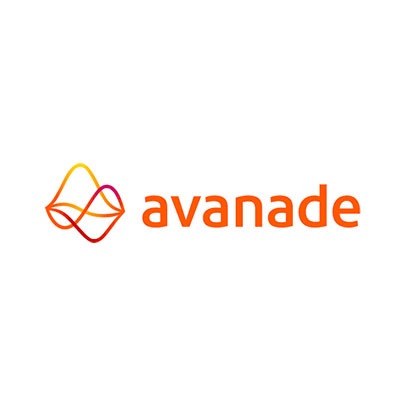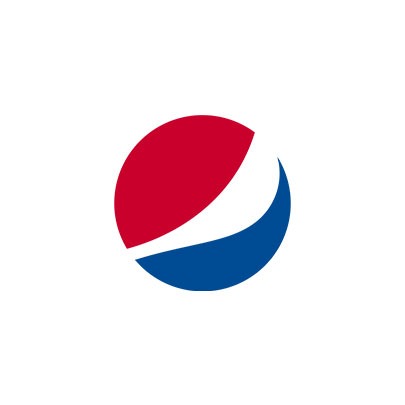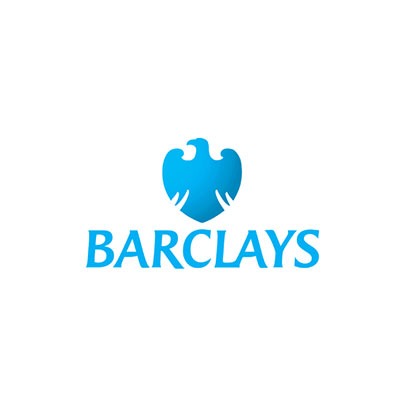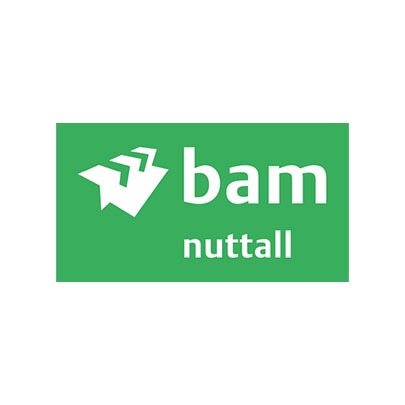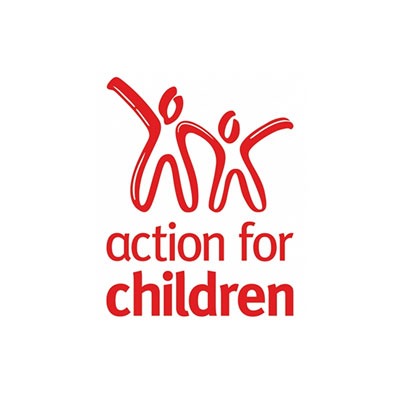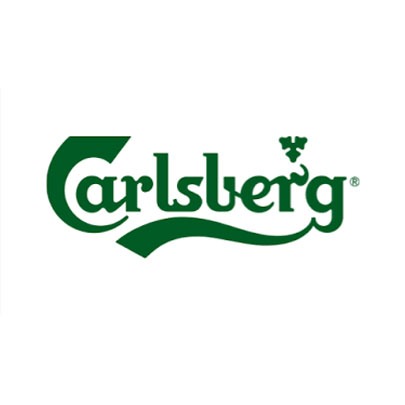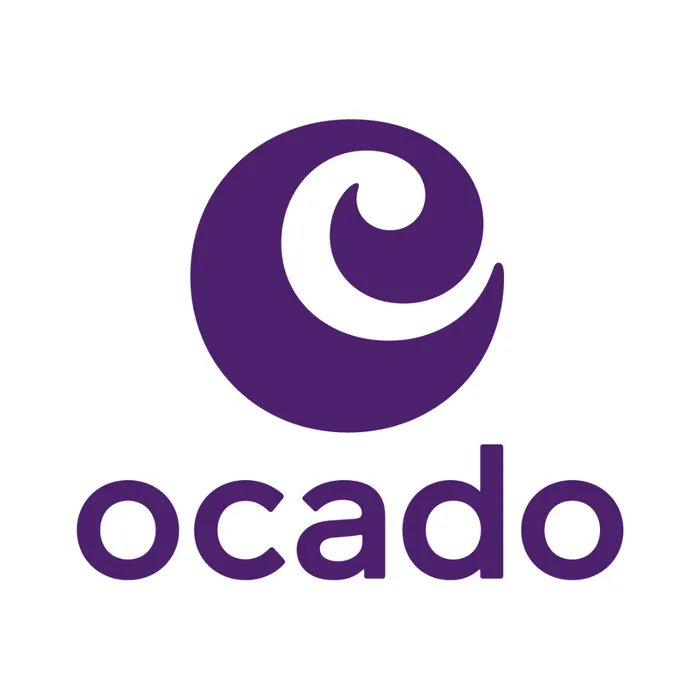How to make diversity communications relevant, engaging and authentic in the fast-changing world of D&I.
Ali Wallace, Diversity & Inclusion Lead at Southampton FC
Staying front and centre in the fast changing world of diversity and inclusion presents challenges to organisations wishing to keep their communications relevant, engaging and most importantly authentic.
At Southampton FC, Ali Wallace, Diversity & Inclusion Lead, knows these challenges too well and shared with Radius some of her insights into what works for her organisation and tips for us all to take advantage of. Knowing your audience, aligning communications to your organisation’s values, and ensuring that your messaging is timely and appropriate are all key things to consider.
Organisations that simply churn out content that lacks purpose, or feels detached from the organisations mission, run the risk of losing their audience or missing the mark. Diversity communications have to not only be relevant to your community but also be welcomed; not published purely for the sake of it. As the frequency of online social initiatives grows there has also been an increase in the number of organisations making their own ethical statements around such topics. Businesses should ensure alignment between their own organisational values and the conversation at hand to ensure there’s a real basis for speaking authentically and with purpose. At Southampton FC, the club did just this through exploring links between its own history throughout Black History month.
Ali shares that in doing this they were able to share specific and tailored stories that really aligned with their supporters and made their messaging relevant, interesting, and specific to the cause. As social pressure for organisations all over the world to speak out regarding diversity initiatives and the latest inclusive behaviours reaches an all-time high, it’s important to realise the risk in doing so and that such moves can often have the adverse effect of being inclusive instead presenting the organisation as disingenuous.
Ensuring the use of a suitable tone of voice, specific communication channels and relevant language all aid in align messaging to your community. Taking all of the above into consideration, and in particular when many Employee Networks don’t benefit from dedicated communications experts, can significantly aid in ensuring that messaging remains thoughtful, authentic and aligned with the organisations values and community.



